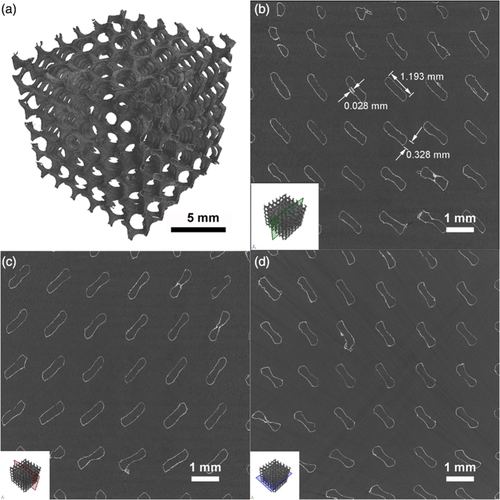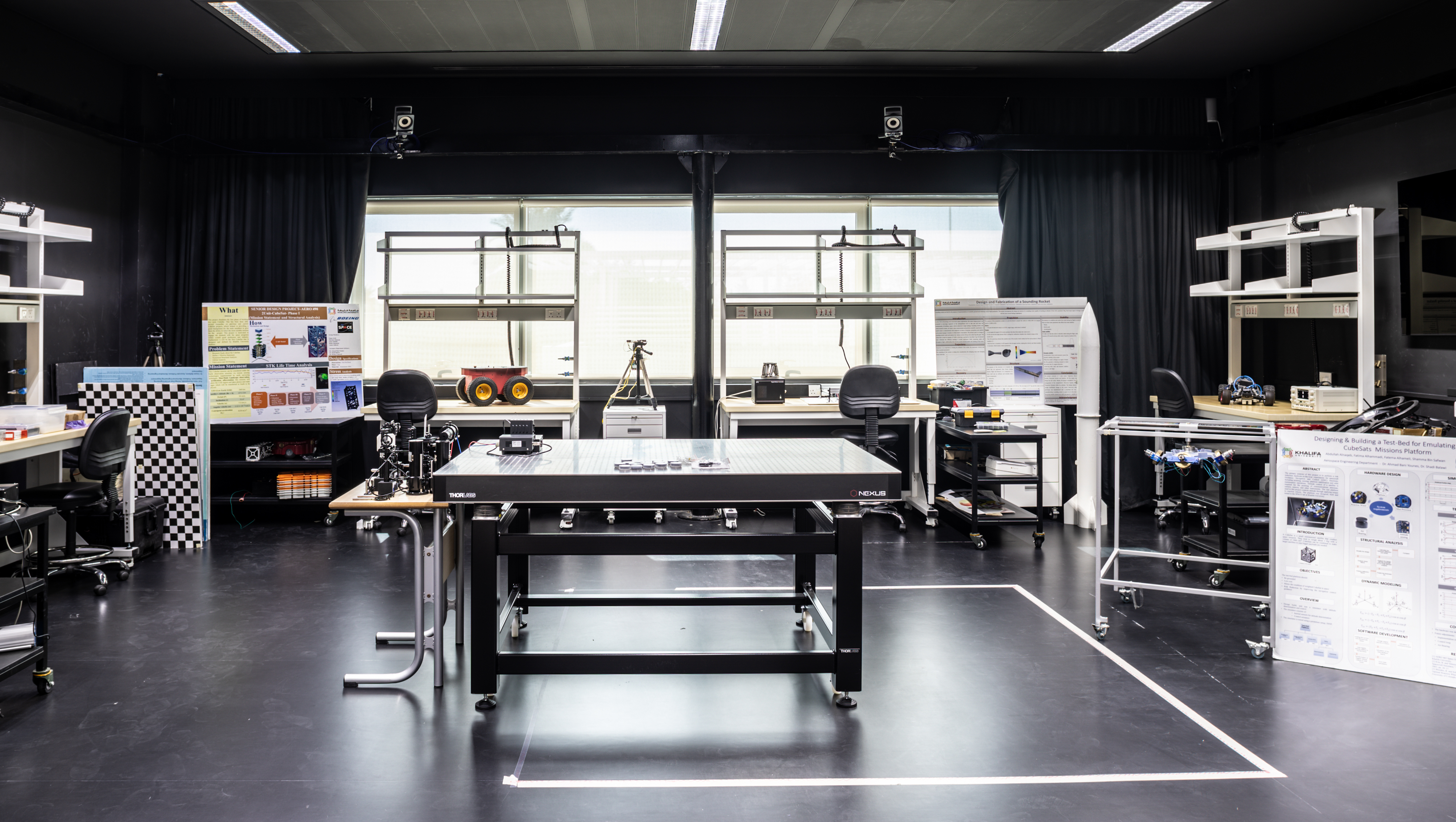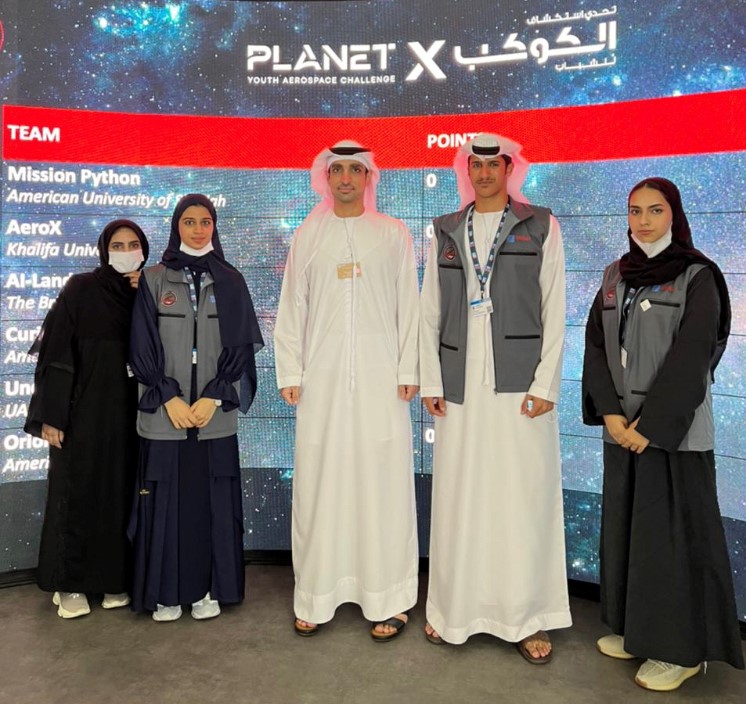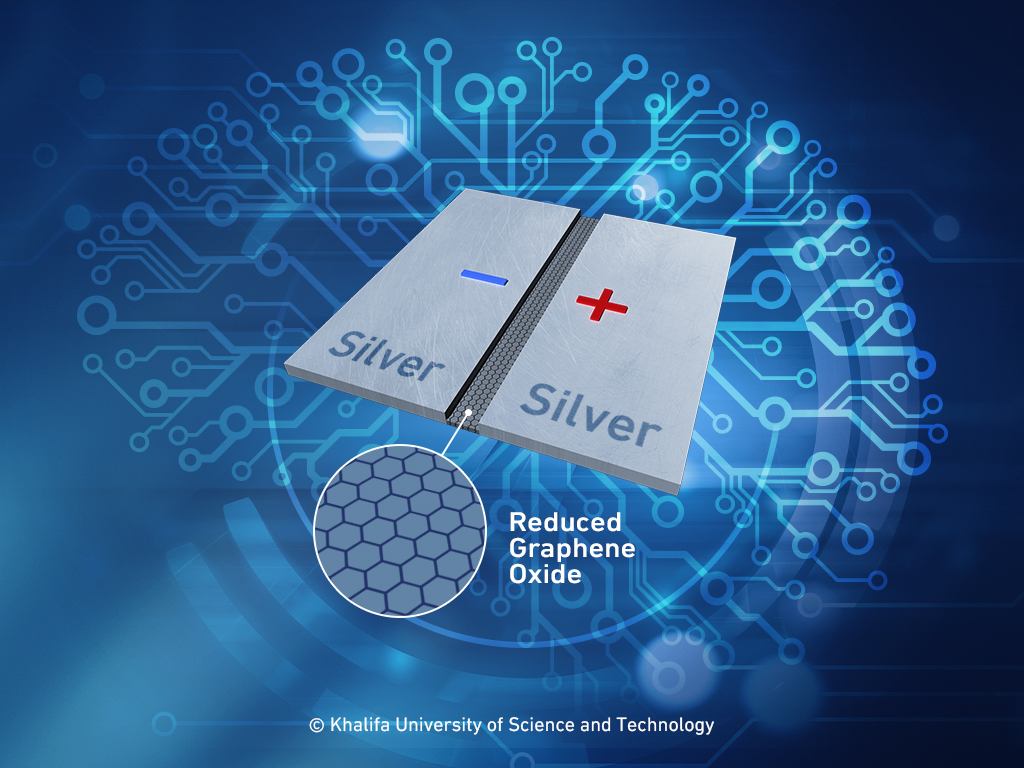
A new group of advanced materials known as ‘topological insulators,’ which conduct dissipationless electricity – electricity in which no energy is lost – on the edge of their surfaces, are being eyed as potential replacements to semiconductors for their ability to make computer processing faster, and for use in thermoelectric applications due to their ability to convert heat to electricity in a unique way.
Before engineers can begin designing new, high-efficient electronic and energy components that use topological insulators, however, scientists must learn much more about their properties – at the quantum level.
Now, a collaborative team of researchers from Khalifa University, Stockholm University, the Korea Basic Science Institute, the National Center for Scientific Research Demokritos, and the Josef Stefan Institute in Lubljana, have uncovered a new way to study and investigate the quantum properties of topological insulators using a novel technique that relies on Nuclear Magnetic Resonance (NMR). Their work was published earlier this month in the prestigious journal Nature Communication.
“Until now, surface electrons in topological insulators were only observed using Angle Resolved Photoemission Spectroscopy (ARPES),” explained Dr. Yasser AlWahedi, Assistant Professor of Chemical Engineering and Dr. Saeed Alhassan, Associate Professor of Chemical Engineering and Acting Senior Director of the Petroleum Institute, the two researchers from KU who co-authored the paper.
“However, ARPES cannot see how the electrons penetrate into the bulk interior of the topological materials, nor see their surface-level electron excited states in the form of virtual quasiparticles. Knowing how these interactions work is important to understanding the material’s quantum topological properties.”
The research team discovered that by using NMR, they can detect and even manipulate the virtual quasiparticles.
In ARPES, high energy photons (a beam of light) are shined on the topological insulator. If the energy of the photons is high enough, then electrons are knocked out the sample which can be detected. From this, information about the structure of the sample is obtained.
In NMR, a large magnetic field is applied to the topological insulator. Then a high frequency radio wave is applied to the material at different frequencies. Some frequencies will interact with the material more than others, which gives information as to the state of the material.
The NMR technique can conduct simultaneous probing of the bulk topological insulator, where conduction does not happen, and its edge electron states, where conduction is taking place. Using NMR, the research team successfully measured the electrons’ spin and orbital magnetic susceptibilities in a topological insulator made of a compound called bismuth telluride.
Their discovery could help engineers speed up the development of useful applications of topological insulators, such as for use in quantum computers. Topological insulators’ ability to conduct electricity even when its surface is nicked, or disturbed in any way, makes them excellent candidates for use in quantum computing – a type of computing wherein the data being processed is so delicate that interaction with the environment can destroy it.
Erica Solomon
Senior Editor
28 May 2020





